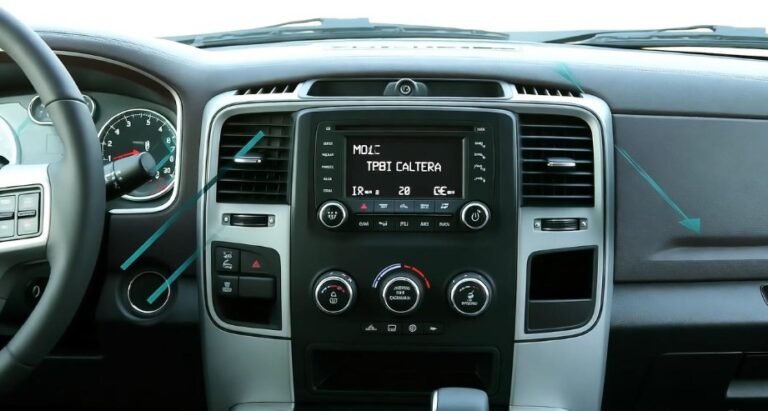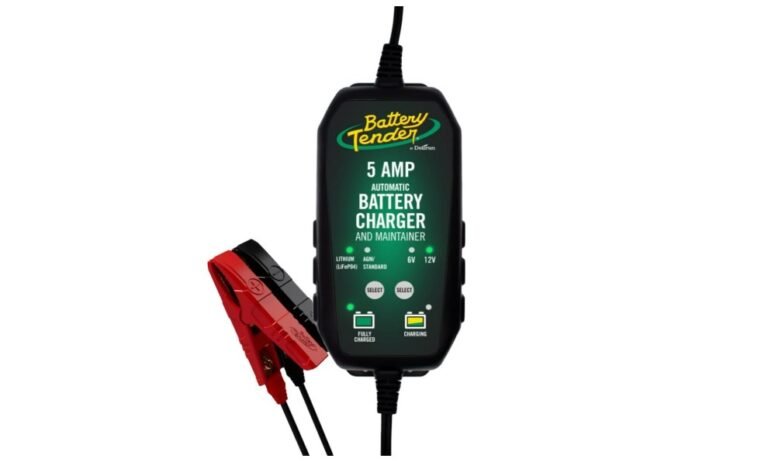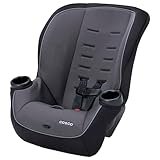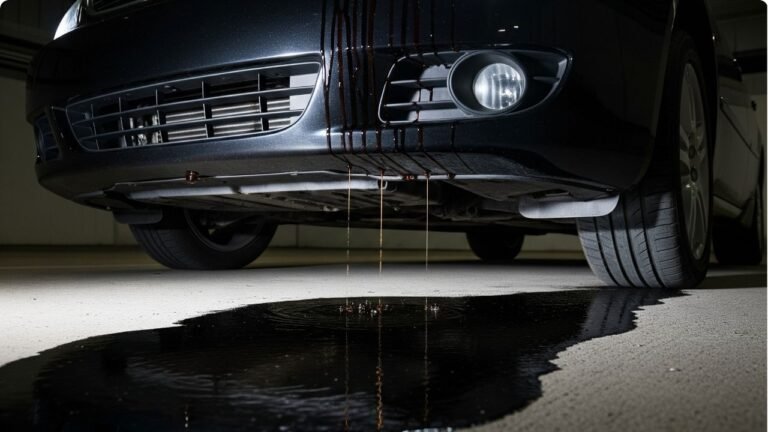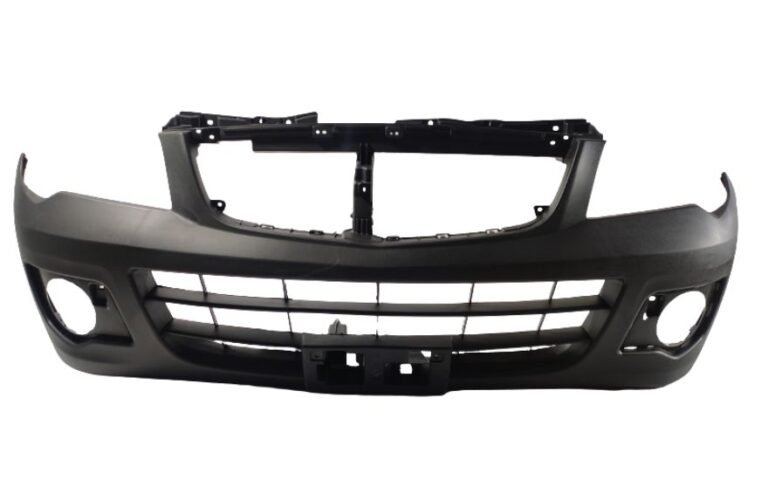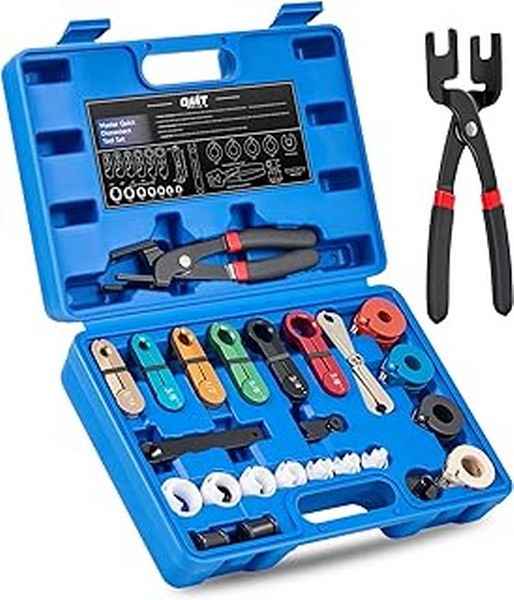Cycle with Disc Brake and Gear: Top Picks
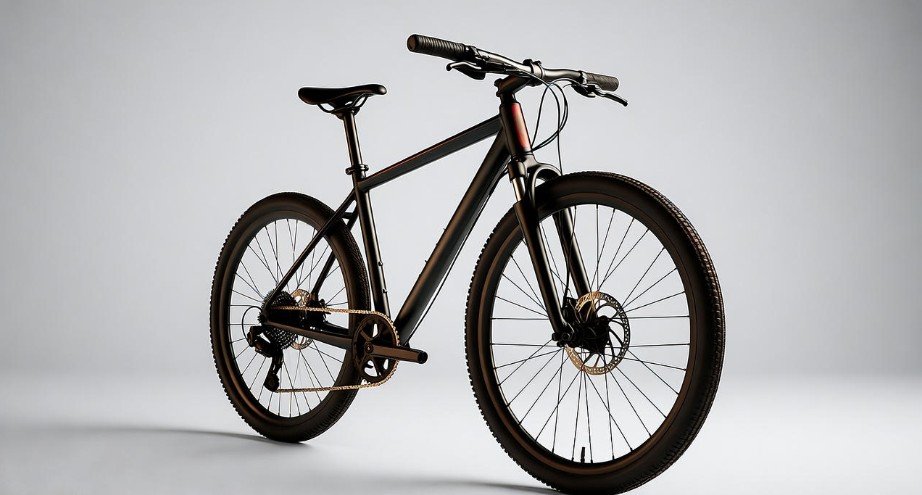
Discover the best cycle options with disc brakes and gears to elevate your ride. Our guide simplifies choosing a bike that offers superior stopping power and smooth gear transitions for any terrain.
In This Article
- 1 Key Takeaways
- 2 Why Disc Brakes and Gears Matter for Your Cycle
- 3 Top Picks: Cycles with Disc Brakes and Gears
- 4 Pro Tip:
- 5 Understanding Gear Systems: Shifters, Derailleurs, and Cassettes
- 6 Choosing the Right Disc Brake Type: Mechanical vs. Hydraulic
- 7 Factors to Consider When Buying Your Cycle
- 8 Essential Accessories for Your New Cycle
- 9 Frequently Asked Questions (FAQ)
- 9.1 Q1: Are disc brakes really that much better than rim brakes?
- 9.2 Q2: How many gears do I really need on a bike?
- 9.3 Q3: Is a hybrid bike good for someone new to cycling?
- 9.4 Q4: What’s the difference between a gravel bike and a cyclocross bike?
- 9.5 Q5: Do I need a helmet for every bike ride?
- 9.6 Q6: Can I convert my old bike to have disc brakes?
- 9.7 Q7: How often should my bike’s gears be adjusted?
- 10 Conclusion
Key Takeaways
- Understand the benefits of disc brakes for reliable stopping.
- Learn how gears improve cycling efficiency and tackle varied landscapes.
- Explore top picks for cycles with disc brakes and gears.
- Gain confidence in selecting the right bike for your needs.
- Identify essential features for a smooth and safe cycling experience.
Choosing a new bicycle can feel overwhelming, especially with so many options and technical terms. You might be wondering what makes one bike better than another for your daily commute, weekend adventures, or fitness rides. If you’re looking for a ride that offers dependable stopping power and effortless gear changes, you’re in the right place. A cycle with disc brake and gear offers a significant upgrade in performance and control. We’ll break down everything you need to know, making it simple to find your perfect match. Get ready to explore the world of cycling with confidence.
Why Disc Brakes and Gears Matter for Your Cycle
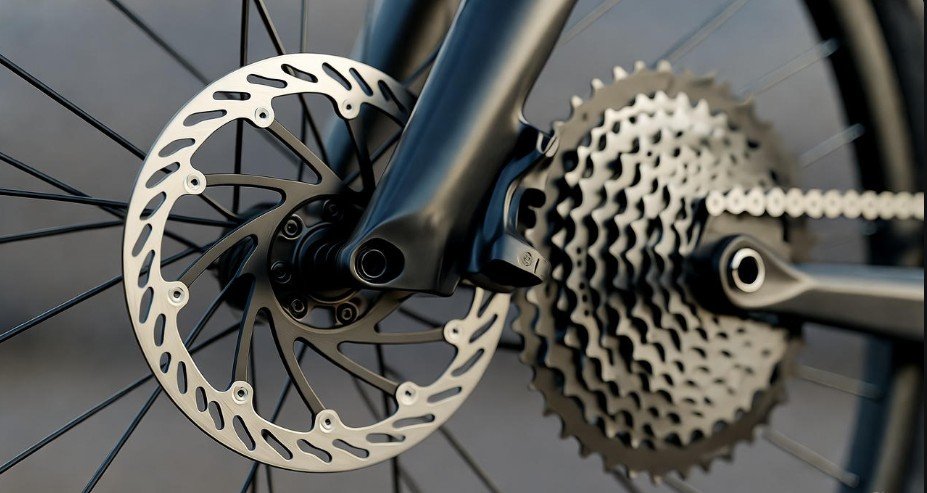
When you’re out riding, two key components significantly impact your experience: the braking system and the gearing. Understanding these will help you appreciate why specific bikes are designed the way they are.
The Power of Disc Brakes: Superior Stopping Control
Traditional rim brakes work by squeezing pads against the wheel’s rim. While effective for many years, they have limitations, especially in wet or muddy conditions. Disc brakes, similar to those found on many cars and motorcycles, offer a more consistent and powerful stopping force. They work by clamping a rotor attached to the wheel hub with brake pads. This system provides:
- Enhanced Braking Performance: Disc brakes deliver stronger stopping power, meaning you can slow down or stop more quickly and with less effort. This is crucial for safety, especially when descending hills or in unexpected situations.
- All-Weather Reliability: Unlike rim brakes, disc brakes are much less affected by water, mud, or debris. The braking surface is further away from the road, keeping it cleaner and drier for more reliable performance in any weather condition.
- Less Rim Wear: Since disc brakes don’t rub against the wheel rim, they reduce wear and tear on your rims, potentially extending the life of your wheels.
- Easier Maintenance (in some ways): While the initial setup might seem complex, many disc brake systems require less frequent adjustment than rim brakes, and pad replacement is often straightforward.
There are two main types of disc brakes: mechanical and hydraulic. Mechanical disc brakes use a cable to actuate the brake, similar to rim brakes. They offer an improvement over rim brakes and are generally more affordable. Hydraulic disc brakes use fluid to transfer force from the lever to the caliper. They provide the best modulation (fine control over braking force) and require less hand strength for optimum braking. For serious cycling enthusiasts and those prioritizing safety and performance, hydraulic disc brakes are often the preferred choice.
The Advantage of Multiple Gears: Conquer Any Terrain
Gears are the unsystematic system on your bicycle that allows you to adjust the pedaling resistance. Think of it like a transmission in a car. Without gears, you’d have one fixed pedaling effort, making it very hard to climb hills or maintain speed on flats. A proper gear system on your cycle with disc brake and gear makes cycling accessible and enjoyable for everyone.
Here’s why gears are so important:
- Efficient Climbing: Lower gears make it easier to pedal uphill. You spin the pedals faster to maintain momentum, reducing strain on your legs and lungs.
- Faster Descending and Cruising: Higher gears allow you to go faster on flat roads or downhill. You can pedal with less resistance, enabling you to cover more ground with each pedal stroke.
- Optimized Effort: Gears help you maintain a comfortable and efficient pedaling cadence (how fast you spin your legs) regardless of the terrain. This conserves energy and reduces fatigue, making longer rides more enjoyable.
- Smooth Transitions: Modern gear systems, especially those found on quality bikes, offer smooth and quick shifting. This means you can change gears seamlessly without interrupting your pedaling rhythm.
The number of gears varies. A bike might have a single chainring in the front and multiple cogs in the rear (e.g., 1×8, 1×10, 1×12), or two chainrings in the front and multiple cogs in the rear (e.g., 2×9, 2×10, 2×11). More gears generally offer a wider range of resistance options, allowing for finer tuning to match your effort to the terrain. For most recreational riders, a bike with 14 to 24 gears provides a sufficient range.
Top Picks: Cycles with Disc Brakes and Gears
Navigating the market for a new bike can be challenging. We’ve curated a list of top picks that excel in offering both disc brakes and a robust gear system, suitable for various riding styles and budgets. These recommendations are based on features, reliability, and rider feedback.
Hybrid Bikes: The Versatile All-Rounder
Hybrid bikes are designed to blend the best features of road bikes and mountain bikes. They typically have flat handlebars for a more upright riding position and tires that are wider than a road bike’s but narrower than a mountain bike’s. This makes them ideal for commuting, recreational riding, and light trail use.
Top Hybrid Picks:
| Bike Model | Brake Type | Gear System | Ideal For | Price Range (Approx.) |
|---|---|---|---|---|
| Trek FX 3 Disc | Hydraulic Disc | Shimano 9-speed | Commuting, fitness, light trails | $800 – $1000 |
| Giant Escape 3 Disc | Hydraulic Disc | Shimano 8-speed | Commuting, city riding, light fitness | $600 – $800 |
| Cannondale Quick 3 | Hydraulic Disc | Shimano 10-speed | Fitness, commuting, fast rides | $900 – $1100 |
| Specialized Sirrus X 2.0 | Hydraulic Disc | MicroSHIFT 8-speed | Versatile riding, urban exploration | $700 – $900 |
These hybrid bikes offer a fantastic balance of comfort, efficiency, and control. The hydraulic disc brakes provide excellent stopping power in all conditions, while the multi-gear systems ensure you can tackle inclines and flats with ease. They are excellent choices for everyday cycling needs.
Gravel Bikes: Adventure Ready
Gravel bikes are built for adventure, combining the speed of a road bike with the ruggedness of a mountain bike. They feature drop handlebars that offer multiple hand positions for comfort on long rides, wider tire clearance for stability on loose surfaces, and robust disc brakes. The gearing is typically designed to handle both fast road sections and steep, unpaved climbs.
Top Gravel Picks:
| Bike Model | Brake Type | Gear System | Ideal For | Price Range (Approx.) |
|---|---|---|---|---|
| Salsa Warbird | Hydraulic Disc | SRAM Apex 11-speed (1×11) | Gravel racing, bikepacking, long-distance adventure | $2500 – $4000+ |
| Canyon Grizl CF SL 7 | Hydraulic Disc | Shimano GRX 11-speed (2×11) | All-road riding, gravel touring | $2000 – $3000 |
| Specialized Diverge Comp | Hydraulic Disc | Shimano GRX 10-speed (1×10) | Gravel exploration, versatile riding | $2000 – $3000 |
| Cannondale Topstone Carbon 4 | Hydraulic Disc | Shimano GRX 10-speed (2×10) | Gravel riding, comfort on rough terrain | $2200 – $3500 |
If you dream of exploring beyond paved roads, a gravel bike equipped with disc brakes and a versatile gear range is your ticket. These bikes are built to handle whatever the road throws at you, from smooth tarmac to gravel paths and forest trails. Remember that the gearing on gravel bikes is often designed for a wider range, accommodating steep climbs where you’ll need easier gears.
Mountain Bikes: Off-Road Dominance
Mountain bikes are built for tackling rough terrain, singletrack trails, and challenging off-road conditions. They feature robust frames, wide knobby tires for maximum grip, suspension systems to absorb bumps, and powerful disc brakes. The gearing on mountain bikes is designed with very low “climbing” gears to help riders ascend steep, technical trails.
Top Mountain Bike Picks (Hardtail):
| Bike Model | Brake Type | Gear System | Suspension Type | Ideal For | Price Range (Approx.) |
|---|---|---|---|---|---|
| Trek Marlin 8 | Hydraulic Disc | SRAM SX Eagle 12-speed | Front Suspension (100mm) | Cross-country, trail riding | $1000 – $1300 |
| Specialized Rockhopper Elite | Hydraulic Disc | Shimano Deore 10-speed | Front Suspension (100mm) | Beginner trail riding, general off-road | $800 – $1000 |
| Giant Fathom 2 | Hydraulic Disc | Shimano Deore 10-speed | Front Suspension (130mm) | Trail riding, technical terrain | $1200 – $1500 |
For riders looking to venture off the beaten path, a mountain bike is essential. Even hardtail mountain bikes (which only have front suspension) provide incredible capability thanks to their strong frames, wide tires, and the immense control offered by powerful disc brakes and wide-range gearing. Full-suspension mountain bikes, which have suspension front and rear, offer even more comfort and capability on the roughest trails, but come at a higher price point.
Pro Tip:
When considering a new bike, test ride it if possible. Pay attention to how the brakes feel and how easy it is to shift gears. A comfortable riding position is also key to enjoying your cycling experience.
Understanding Gear Systems: Shifters, Derailleurs, and Cassettes
The gear system on your cycle with disc brake and gear is a marvel of mechanical engineering. It’s made up of a few key components that work together to change your pedaling resistance.
- Shifters: These are the levers or buttons you operate, usually located on your handlebars. They send a signal (via cable or electronically) to the derailleurs.
- Derailleurs: These are the mechanisms that move the chain from one gear cog to another. There’s a front derailleur (if you have multiple chainrings) and a rear derailleur.
- Chainrings: These are the toothed rings at the front, attached to your pedals.
- Cassette (or Freewheel): This is the cluster of toothed cogs on the rear wheel.
When choosing a bike, you’ll often see specifications like “Shimano 10-speed” or “SRAM Eagle 12-speed.” The number refers to the total number of gears available (chainrings x cogs). For example, a “2×9” system has 2 chainrings and offers 9 cogs on the cassette, resulting in up to 18 gear combinations. Modern systems, like 1×12, offer a very wide range of gears with just one chainring, simplifying the drivetrain.
Choosing the Right Disc Brake Type: Mechanical vs. Hydraulic
As mentioned, there are two primary types of disc brakes, and understanding the difference can help you make an informed decision:
- Mechanical Disc Brakes:
- How they work: A standard brake cable pulls a lever on the brake caliper, which in turn pushes the brake pads against the rotor.
- Pros: More affordable than hydraulic, easier to service with common bike tools, cable replacement is straightforward.
- Cons: Less power and modulation than hydraulic, cables can stretch and require adjustment, can feel “spongy.”
- Best for: Budget-conscious riders, casual cyclists, or those who prefer simpler maintenance.
- Hydraulic Disc Brakes:
- How they work: Brake fluid in a sealed system transmits force from the lever to the caliper.
- Pros: Superior stopping power, excellent modulation and control, require less hand effort, self-adjusting for pad wear.
- Cons: More expensive, require specialized tools and knowledge for bleeding (flushing the fluid) and some repairs.
- Best for: Performance-oriented riders, those who ride in challenging conditions, or anyone prioritizing maximum stopping power and control.
For most riders looking for a significant upgrade, hydraulic disc brakes are worth the investment. They offer a more refined and powerful braking experience. However, mechanical disc brakes are still a vast improvement over rim brakes and can be a great option for many.
Factors to Consider When Buying Your Cycle
Beyond the brand and model, several other factors will influence your choice of a cycle with disc brake and gear:
1. Your Riding Style and Intentions
- Commuting: Look for comfort, durability, mounting points for racks and fenders, and reliable components. Hybrid bikes are often excellent choices.
- Fitness/Recreation: Lighter bikes, efficient gearing, and comfortable geometry are key. Road bikes or performance hybrid bikes fit this bill.
- Trail Riding/Off-Road: A mountain bike is essential. Consider the type of trails you’ll ride – cross-country, trail, or more aggressive downhill.
- Bikepacking/Touring: Durability, comfort for long hours, and ample cargo-carrying capacity are paramount. Gravel bikes or touring-specific bikes are ideal.
2. Wheel Size
Different wheel sizes offer distinct advantages:
- 700c: Common on road and hybrid bikes. Rolls efficiently over pavement and offers good momentum.
- 650b: Often found on gravel and some mountain bikes. Offers a more comfortable ride and better handling on rough terrain than 700c when paired with wider tires.
- 27.5″ (650b) and 29″: Standard for mountain bikes. 29ers roll over obstacles more easily and maintain speed, while 27.5″ bikes are often more nimble and quicker to accelerate.
3. Frame Material
The frame is the heart of your bike:
- Aluminum: The most common material, offering a good balance of strength, weight, and affordability.
- Steel: Known for its comfortable ride quality and durability, though it can be heavier.
- Carbon Fiber: The lightest and stiffest option, offering superior performance but at a higher cost.
4. Budget
Bikes with disc brakes and gears can range from a few hundred dollars to several thousand. Determine how much you’re willing to spend. Remember that investing a bit more upfront can often mean better components, a lighter bike, and a more enjoyable riding experience in the long run.
Considering these points will help narrow down your options significantly and lead you to a bike that truly fits your needs and preferences. For example, if you plan to ride on varied terrain including unpaved paths and dirt roads, a gravel bike with hydraulic disc brakes and a wide gear range would be an excellent choice. If your primary use is city commuting, a hybrid bike with mechanical disc brakes and a simpler 8- or 10-speed gear system might be perfectly sufficient and more budget-friendly. For detailed information on bicycle standards and components, resources from organizations like the USA Cycling Federation can be invaluable.
Essential Accessories for Your New Cycle
Once you’ve selected your perfect cycle with disc brake and gear, don’t forget the essential accessories to enhance your safety and comfort:
- Helmet: Non-negotiable for safety. Ensure it fits well and meets safety standards.
- Lights: Front and rear lights are crucial for visibility, especially if riding in low-light conditions or at night.
- Lock: Protect your investment from theft.
- Water Bottle Cage and Bottle: Stay hydrated on your rides.
- Patch Kit or Spare Tube: Essential for fixing flat tires.
- Mini-Pump: To inflate your tires after a repair.
- Cycling Computer or Mount for Phone: To track your rides and speed.
- Fenders: Keep you cleaner and drier in wet weather, especially useful for commuting.
Proper accessories not only improve your riding experience but also significantly enhance safety. Always prioritize safety gear, especially a well-fitting helmet. Understanding basic trailside repairs, like fixing a flat, can also save you from being stranded. For more on cycling safety, the National Highway Traffic Safety Administration (NHTSA) provides excellent resources.
Frequently Asked Questions (FAQ)
Q1: Are disc brakes really that much better than rim brakes?
Yes, especially in wet or muddy conditions. Disc brakes offer more consistent, powerful stopping and are less affected by road grime.
Q2: How many gears do I really need on a bike?
For most recreational riders and commuters, 14-24 gears provide ample range. Enthusiasts or those tackling very steep terrain might benefit from more.
Q3: Is a hybrid bike good for someone new to cycling?
Absolutely. Hybrid bikes offer a comfortable, upright riding position and versatility, making them excellent for beginners.
Q4: What’s the difference between a gravel bike and a cyclocross bike?
Gravel bikes are designed for longer rides and varied terrain, often with more relaxed geometry and mounts for bags. Cyclocross bikes are built for racing with tighter geometry for agility on short, technical courses.
Q5: Do I need a helmet for every bike ride?
Yes. Safety should always be your top priority. A properly fitted helmet can significantly reduce the risk of head injury.
Q6: Can I convert my old bike to have disc brakes?
It’s usually not practical or cost-effective. Frames and forks need specific mounts for disc brake calipers, and wheels need compatible hubs. It’s generally better to buy a new bike designed with disc brakes.
Q7: How often should my bike’s gears be adjusted?
Gear systems can last a long time. Regular cleaning and lubrication help. Adjustments might be needed if you notice skipping or difficulty shifting, or after significant wear on components like the chain or cassette.
Conclusion
Selecting a cycle with disc brake and gear is a fantastic step towards a more enjoyable and capable cycling experience. Whether you’re navigating city streets, exploring scenic trails, or pushing your limits on challenging terrain, the combination of reliable disc brakes and efficient gearing provides the control, confidence, and comfort you need. By understanding the benefits of each component, considering your riding style, and exploring the top picks available, you’re well-equipped to find the bicycle that will be your trusted companion on countless adventures.

